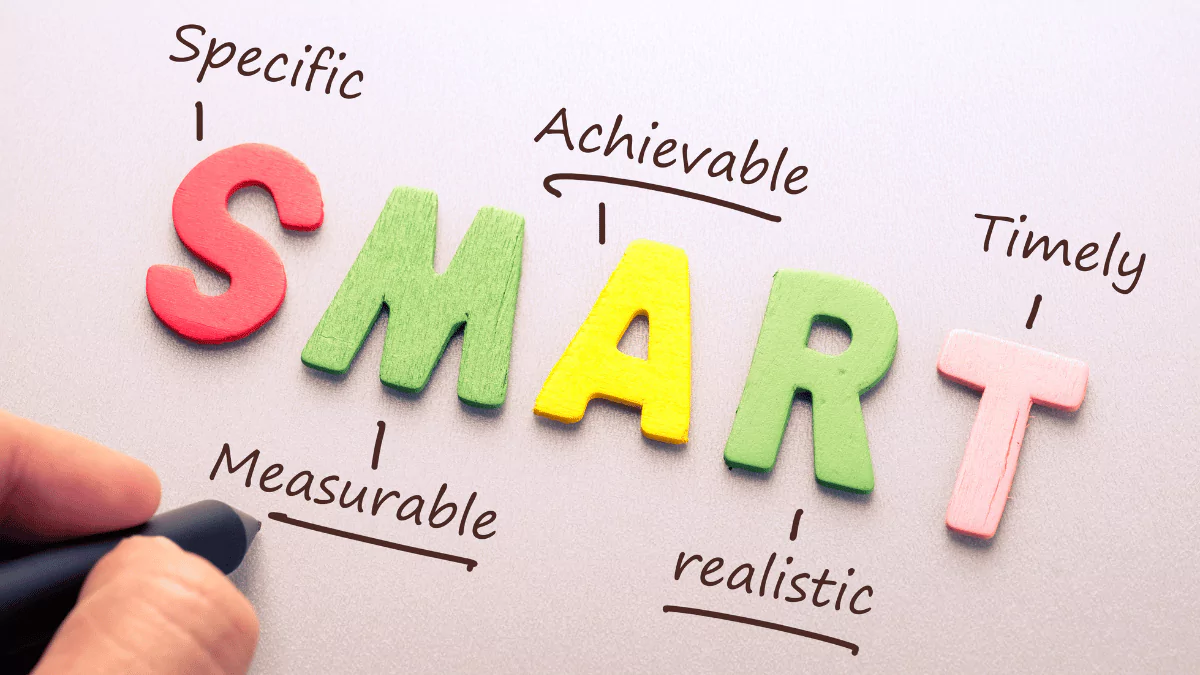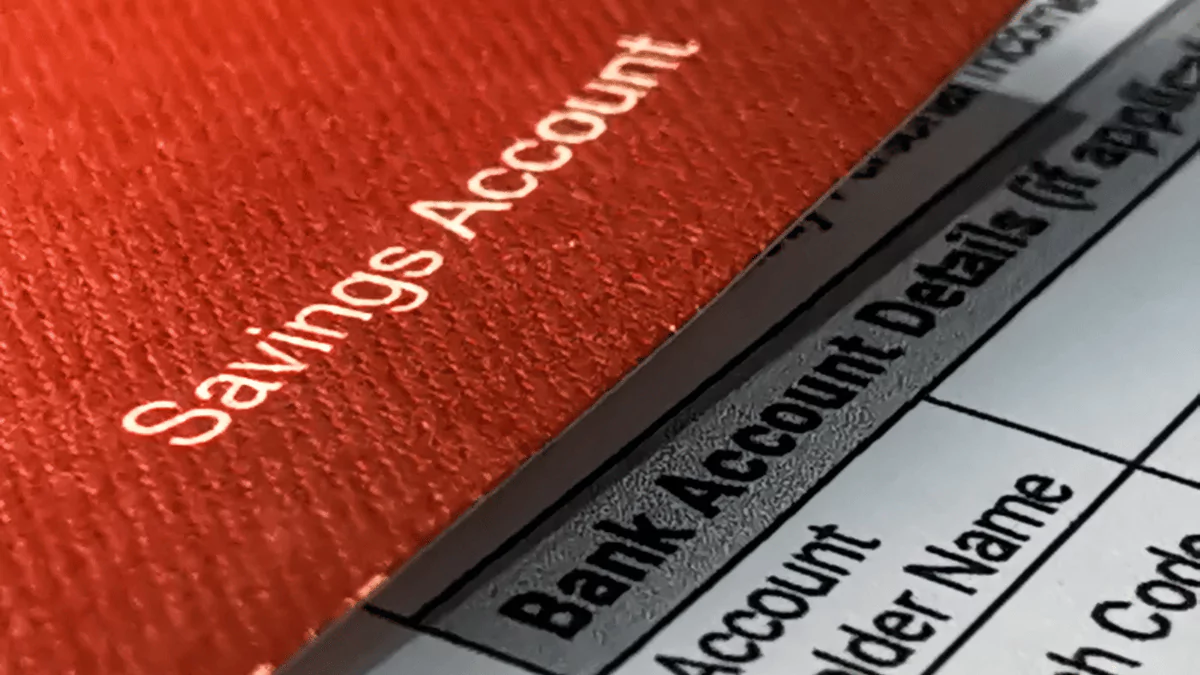Whether it’s a dream vacation, your first home, or the car you’ve had your eye on for years, big purchases come with big price tags. And while putting them on a credit card or taking out a loan may sound tempting, it often leads to months (or years) of debt you never planned for.
The good news? You can save for big-ticket items without draining your peace of mind or budget. With a few smart moves and the right mindset, you’ll be surprised how quickly you can make that major purchase a reality.
Let’s get into it.
Know What You’re Saving For (And How Much You’ll Need)
The first step is to be clear about what you’re working toward. Vague goals like “I want a new car” won’t cut it—you need numbers.
Are you dreaming of a $25,000 car? Planning a $5,000 international getaway? Want to put down $20,000 for a home? Write it all down. Get real about the full cost, including taxes, fees, and other not-so-obvious expenses.
If your goal is more than a year away, don’t forget to factor in price increases or inflation. A car or travel package today might cost more in 18 months. A little research now can save you from surprises later.
1. Pay Yourself First

This one’s a classic—and it works.
Before you pay rent, bills, or swipe for takeout, set aside money for yourself. Treat your savings like a monthly bill that must be paid.
The easiest way? Set up automatic transfers. Have a portion of your paycheck go straight into a savings account every payday. This way, you won’t even miss it—and there’s less temptation to spend.
If you’re just starting out, begin with a small amount. As you earn more or cut costs, bump it up. Even $50 a week adds up to over $2,600 a year.
2. Set Realistic Goals That Actually Motivate You

Saying “I’ll save more this year” sounds nice, but it won’t hold up when you’re eyeing a flash sale on your favorite sneakers.
Instead, get specific. Use the SMART method: Specific, Measurable, Achievable, Relevant, and Time-based.
Here’s an example:
“I’ll save $300 per month for the next 12 months to buy a used car worth $3,600.”
Now you’ve got something you can stick to—and track your progress along the way.
Write your goal somewhere you’ll see it often. Set calendar reminders. Tell a friend who’ll check in with you. The more connected you are to your goal, the more likely you’ll stick to it.
3. Try the 50/20/30 Budget Trick

This method keeps things simple:
- 50% of your income goes to necessities (rent, food, bills)
- 20% goes to savings
- 30% is for fun or non-essentials
If you’re saving for something big and want to speed things up, try shifting some of that 30% into your savings. Do you really need three streaming subscriptions and weekly takeout? Probably not.
Revisit your spending every month or so. Habits change, and little tweaks here and there can fast-track your goal.
4. Open a High-Yield Savings Account

Where you put your money matters, too.
A regular savings account is fine, but one that earns more interest gives your money a boost without you doing anything extra. Look for savings accounts with a strong interest rate (often called high-yield). Over time, the difference adds up.
Just make sure the account doesn’t come with a bunch of fees or crazy requirements. Some might ask you to maintain a certain balance, so read the fine print.
Bonus: Keeping your savings in a separate account makes it less tempting to dip into it for everyday stuff.
5. Use Apps to Keep You On Track

You don’t need a spreadsheet obsession to stay organized. There are tons of apps out there that do the hard part for you.
Some round up your purchases and stash the spare change into savings. Others track your spending and flag where you might be overdoing it—hello, daily lattes.
Find one that suits your vibe. Whether you like visuals, goal trackers, or automatic transfers, there’s something for everyone.
The trick is to actually use the tool. Set a reminder to check in weekly or monthly. It’s way easier to fix small leaks in your budget early than to backtrack later.
6. Be Honest About What You Can Afford

Sometimes the biggest savings mistake is setting goals based on what we wish we could afford, not what’s actually realistic. If you’re currently living paycheck to paycheck, it’s okay to start small.
Cut back where you can, even temporarily. Pause subscriptions, cook more at home, and swap out expensive weekend plans for cheaper hangouts. Every dollar you don’t spend brings you closer to your goal.
And if the purchase you’re saving for seems out of reach, consider alternatives. Maybe a slightly older car, a different vacation destination, or a smaller down payment. Adjusting your expectations doesn’t mean you’re giving up—it means you’re making progress without drowning in debt later.
7. Don’t Rush the Process

It’s easy to get caught up in the excitement and want it now. But saving is a slow-and-steady game.
Setbacks will happen. One month might be tighter than the next. That’s okay. The point isn’t to save fast, it’s to save smart.
Think of your savings like building a house. You’re laying the foundation brick by brick. Skip steps, and the whole thing can fall apart.
Keep your eyes on the big picture. You’re not just saving for a purchase—you’re saving for peace of mind, freedom, and the ability to say “yes” to something big without the stress that usually follows.
Final Thought
Saving for a big purchase isn’t about being perfect with money. It’s more about being consistent. Small actions repeated over time can lead to major results.
So take that first step. Set your goal, tweak your budget, and start moving in the right direction. The version of you who gets to enjoy that big purchase, without a credit card hangover, will be glad you did.
Want more money-saving ideas? Keep an eye on trusted financial education sites or ask your bank about personalized savings options that might suit your lifestyle. You’ve got this.
Michael Adams is a professional finance writer with a focus on tax education, budgeting, and personal finance. His goal is to make income tax topics clear and practical for individuals and entrepreneurs.

